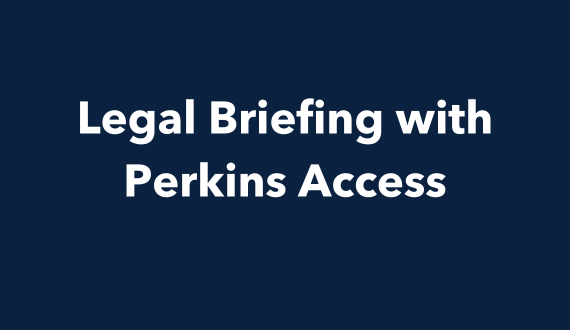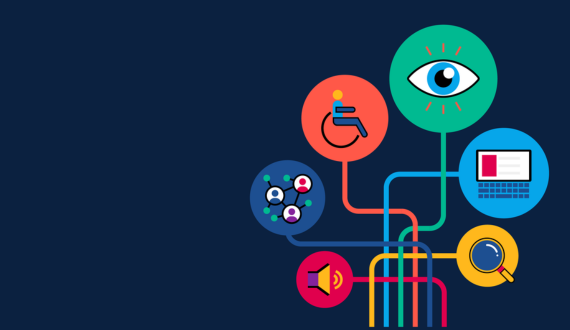Articles
Digital accessibility for the online classroom: Get up to speed in the age of social distancing
Share

When it comes to online learning, it’s important to consider digital accessibility, so every student, regardless of ability, can fully engage. Keep in mind that disabilities take many forms, including those that are hidden or situational.
Here are six ways you can improve your digital accessibility right now:
- Check your accessibility policy – Your organization likely already has an accessibility policy and guidelines in place. Begin by familiarizing yourself, so you can make accessibility-minded decisions from the start.
- Secure support services – Whether you’ve moved your conference presentation online or you’re hosting a virtual exam review, make sure you’ve lined up live-captioning, chat, hand-raising, sign-language and relay services, so you can include all of the members in your audience.
- Choose the right tools – When you’re choosing tools to take your content online, make sure you ask vendors questions about accessibility so you can confidently choose the tools that will serve the broadest audience.
- Provide resources for using online tools – Ensure that faculty as well as students understand tools they may be using for the first time. Provide accessible support resources that will help everyone get up and running as quickly as possible.
- Make non-lecture content accessible (e.g., exams, assignments, etc.) – Make sure your exams and assignments can be accessed by people with disabilities, including the ways students submit their work and how they receive feedback. Consider providing multiple options to submit assignments.
- Present to a diverse audience – When you present, whether it’s online or in person, it’s important to take the following tips into consideration, so you can reach every member of the audience.
- Speak slowly and clearly so captioners and/or interpreters will understand what you’re saying.
- Repeat any questions and comments from the audience so captioners, interpreters, and audience members don’t miss a word.
- Verbally summarize important text, graphics, and videos included in your slides for those who cannot see or read visual content.
These considerations are important beyond their immediate application to adaptations related to COVID-19, and can have a positive, long-term impact on making the digital world more accessible for everyone.
Is your organization ready to embrace digital accessibility? Whether you’re just getting started or want to understand what you could be doing better, the experts at Perkins Access can help. Get in touch today.




